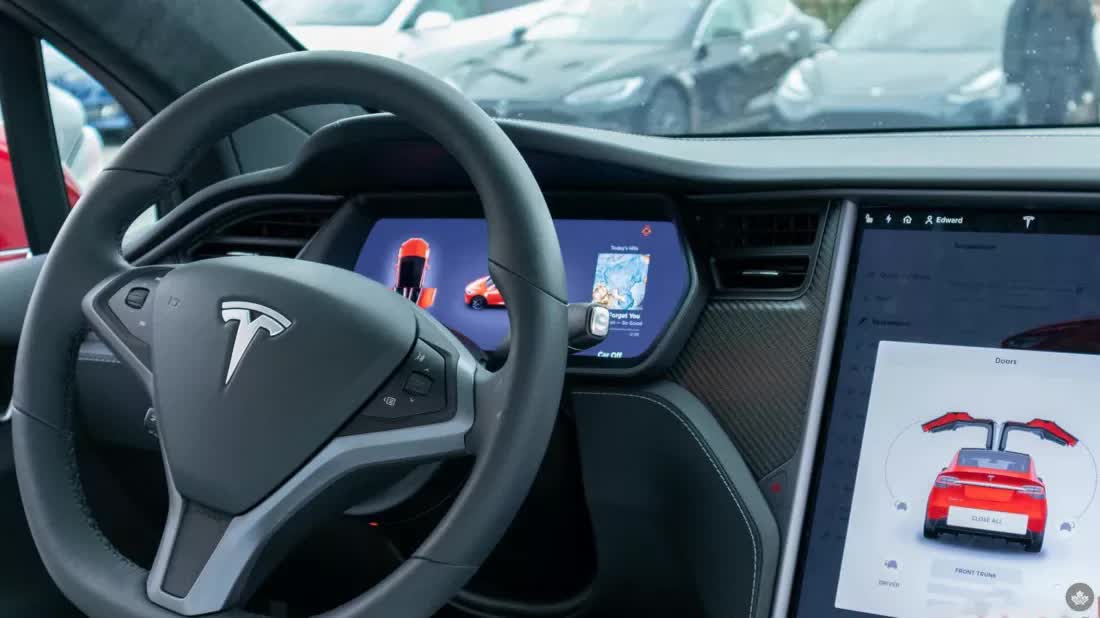Why it matters: Advances in automotive technology have resulted in more vehicles offering drivers an automated assistance system as an available feature. Unfortunately, some still mistake these advanced assistance systems for a fully functional autopilot system. A recent study reviewed several vehicles and their assistance systems to determine how effective they really are.
The Automotive Association of America (AAA) report provides test results for several commercially available vehicles with different advanced driver assistance systems (ADAS). The testing was conducted using systems that meet the Society of Automotive Engineers (SAE) level 2 self-driving requirements. According to SAE guidelines, level 2 automation features require ongoing driver supervision.
The study evaluated two types of ADAS monitoring. One type, known as direct monitoring, uses a camera to detect driver distractions or disengagement. The second, called indirect monitoring, relies solely on steering wheel-based inputs to measure driver distraction. Both monitoring systems are designed to mitigate any danger resulting from driver disengagement.

The study evaluated the ADAS system of four popular vehicles from major manufacturers. Two vehicles, the 2021 Cadillac Escalade and the 2021 Subaru Forester, used driver-facing infrared cameras to monitor driver engagement. The other vehicles, the 2021 Hyundai Santa Fe and 2020 Tesla Model 3 with autopilot, used an indirect, steering wheel-based monitoring system with no cameras. Key findings from the study indicate the direct monitoring systems are significantly more capable of detecting and mitigating driver disengagement, with active engagement times up to five times higher than the indirect systems.
Despite the obvious advantage of direct monitoring systems, the test data clearly shows that both systems can be circumvented to some extent. Greg Brannon, Director of AAA’s automotive engineering and industry relations, said “regardless of brand names or marketing claims, vehicles available for purchase today are not capable of driving themselves.” Based on AAA’s study, ADAS solutions still have a long way to go before we can kick back and nap on a solo road trip.
Image credit: City traffic by Nabeel Syed

